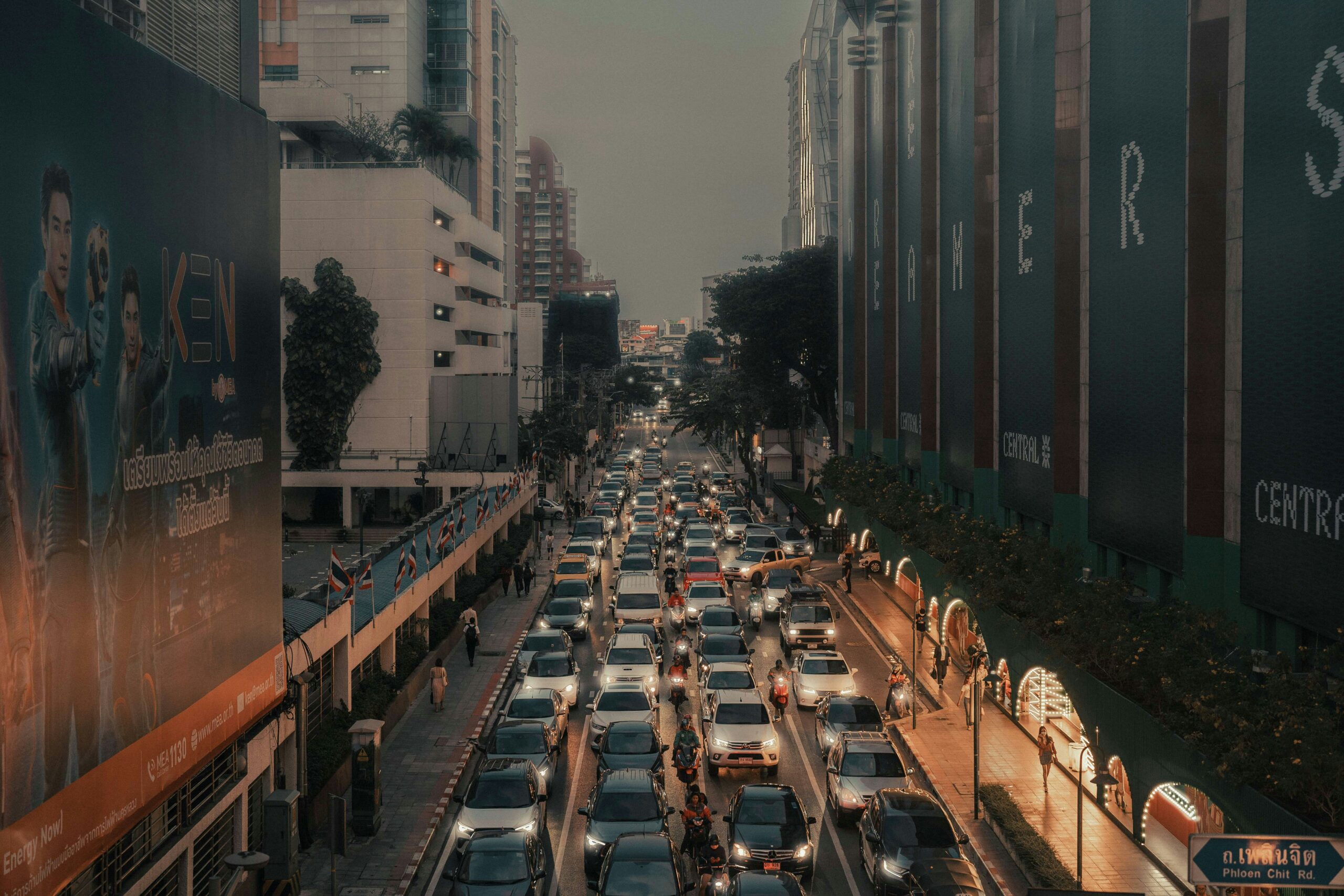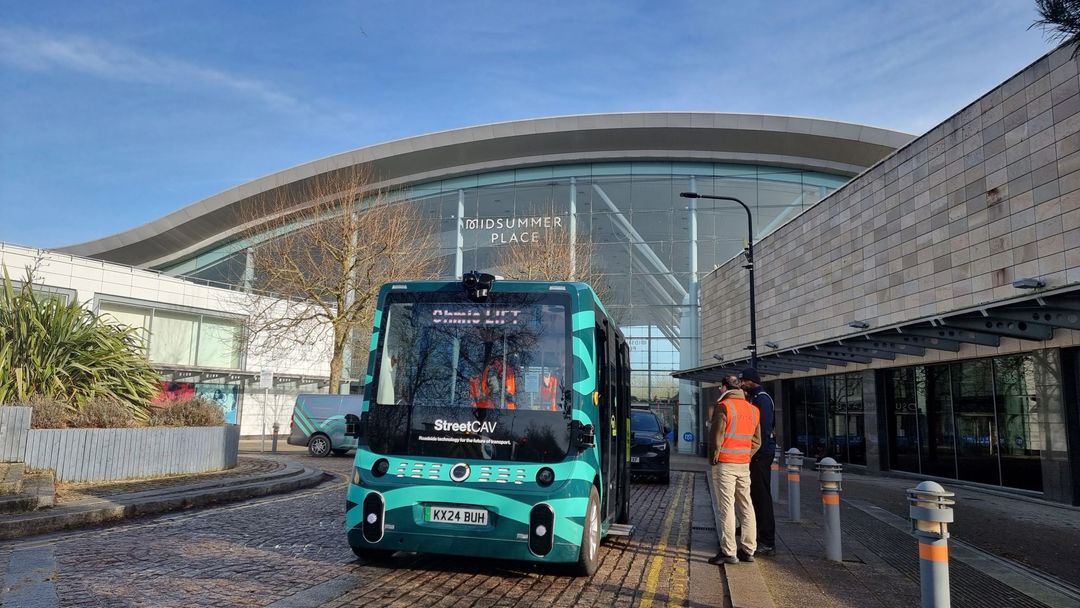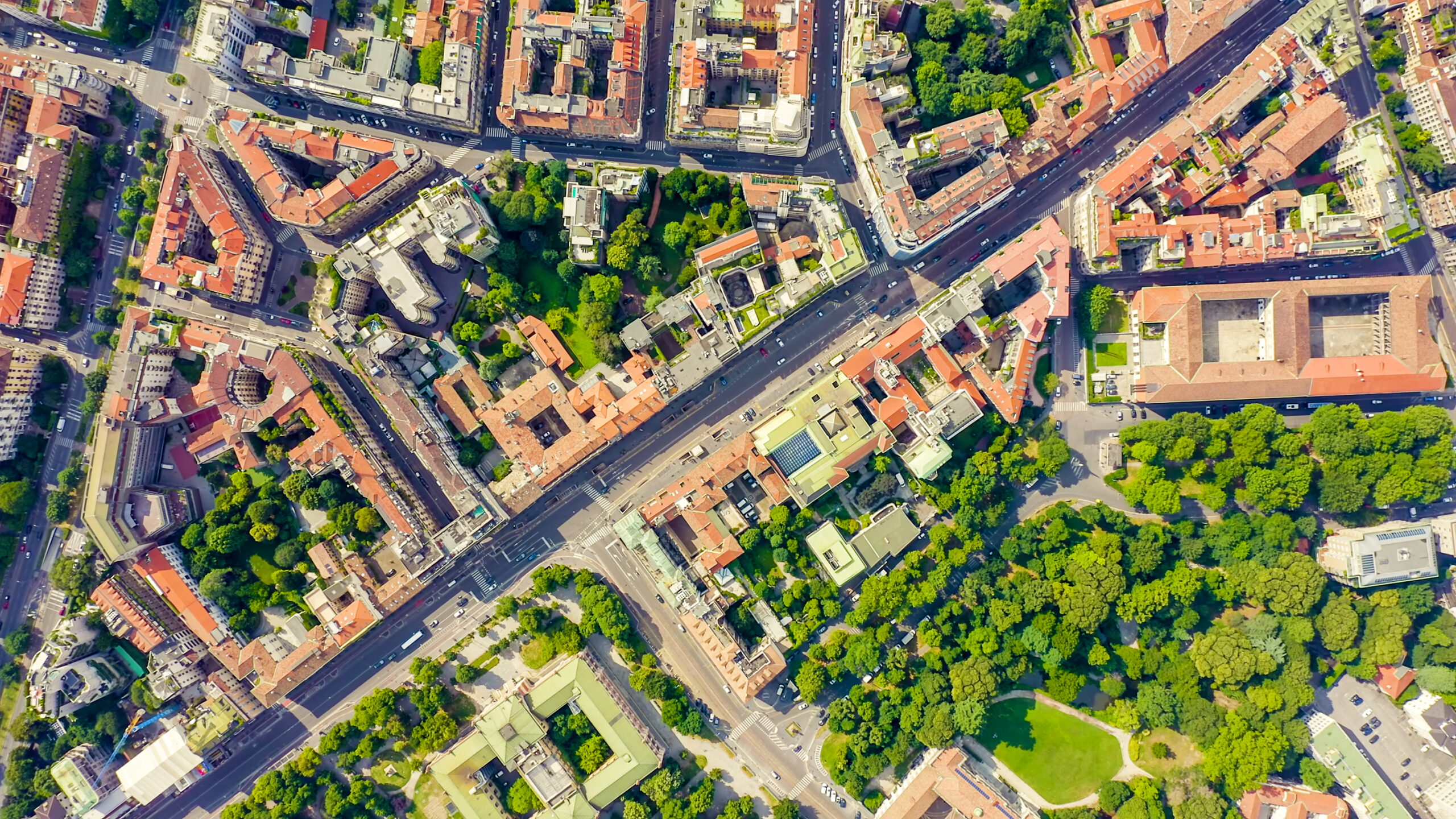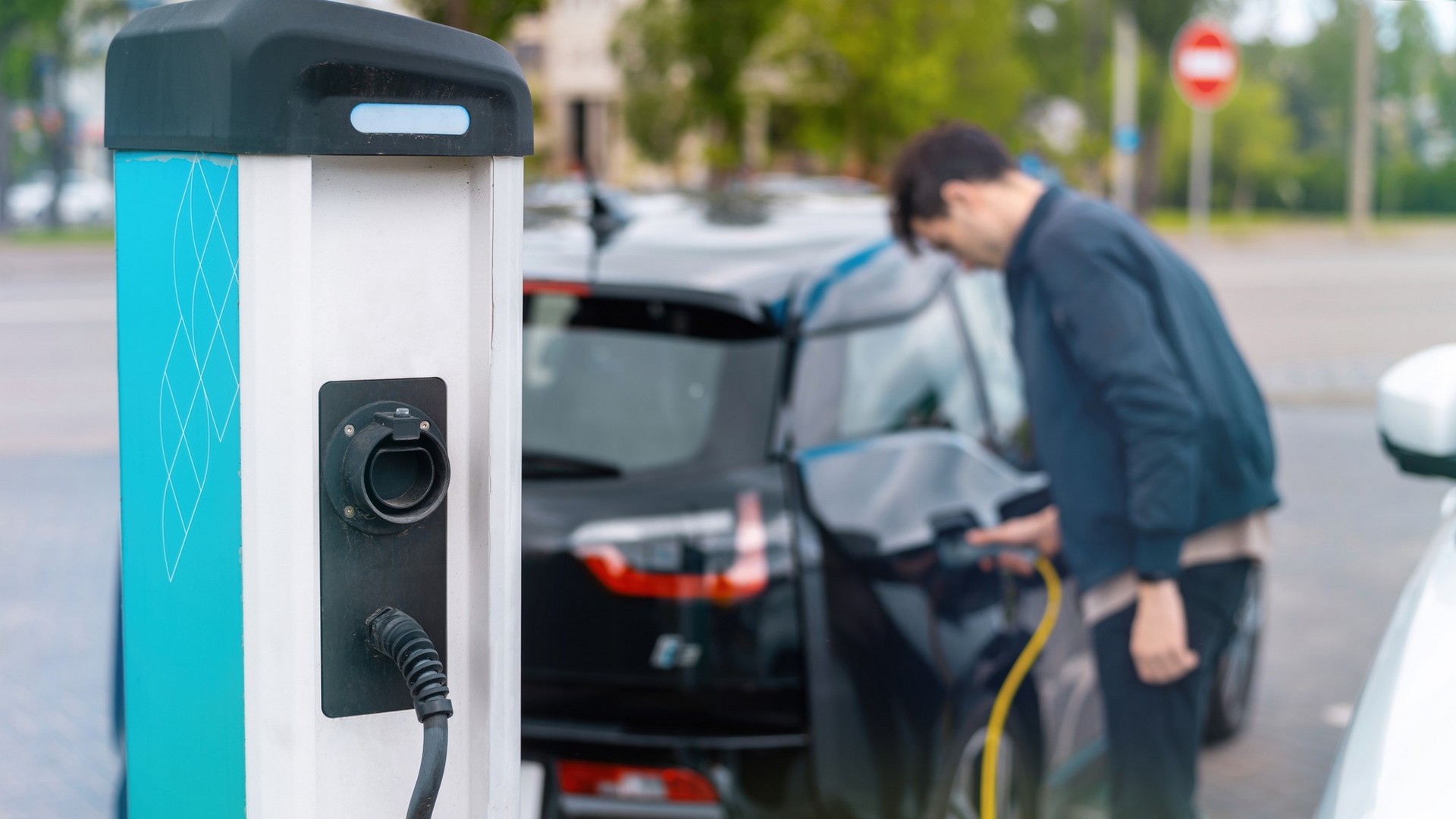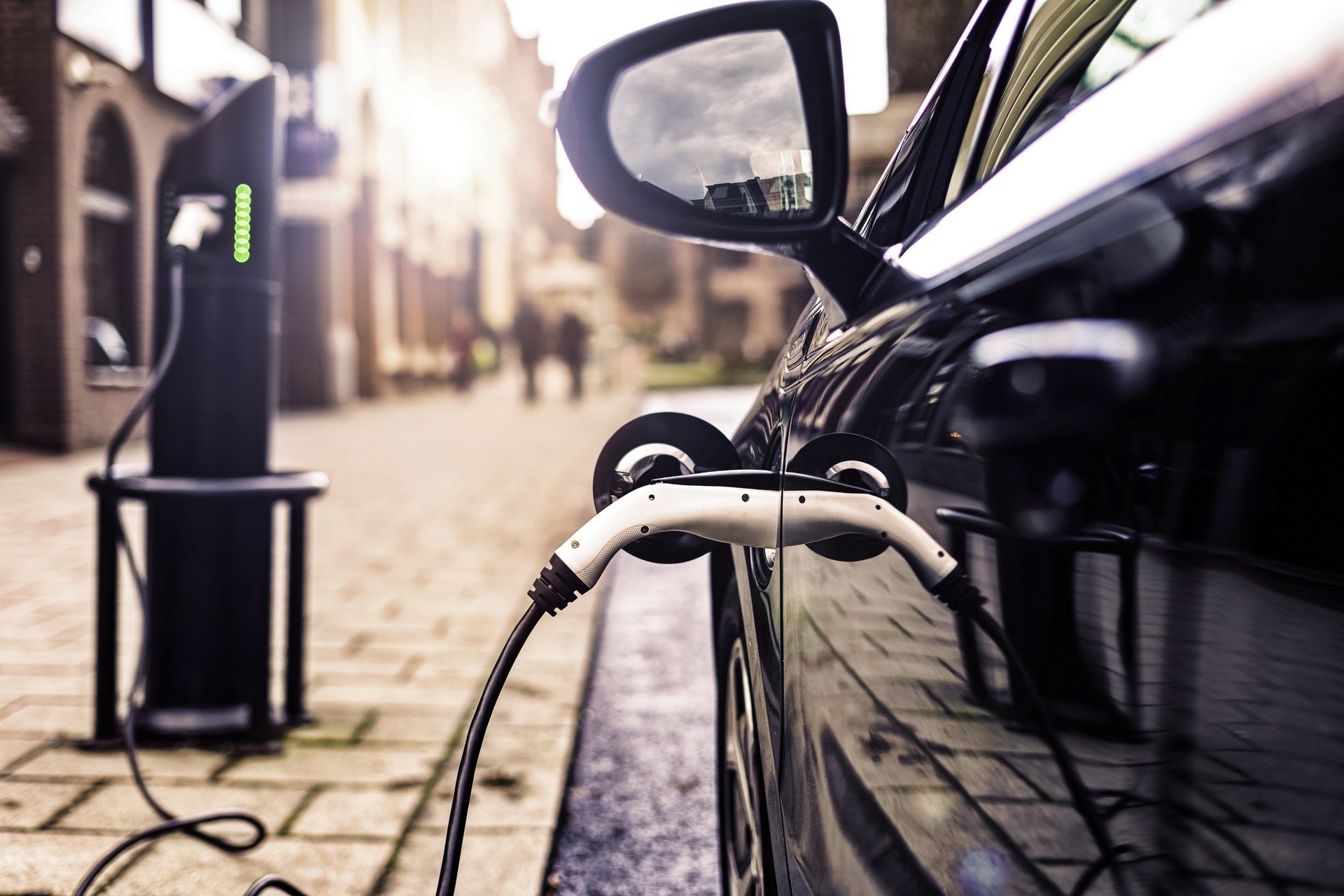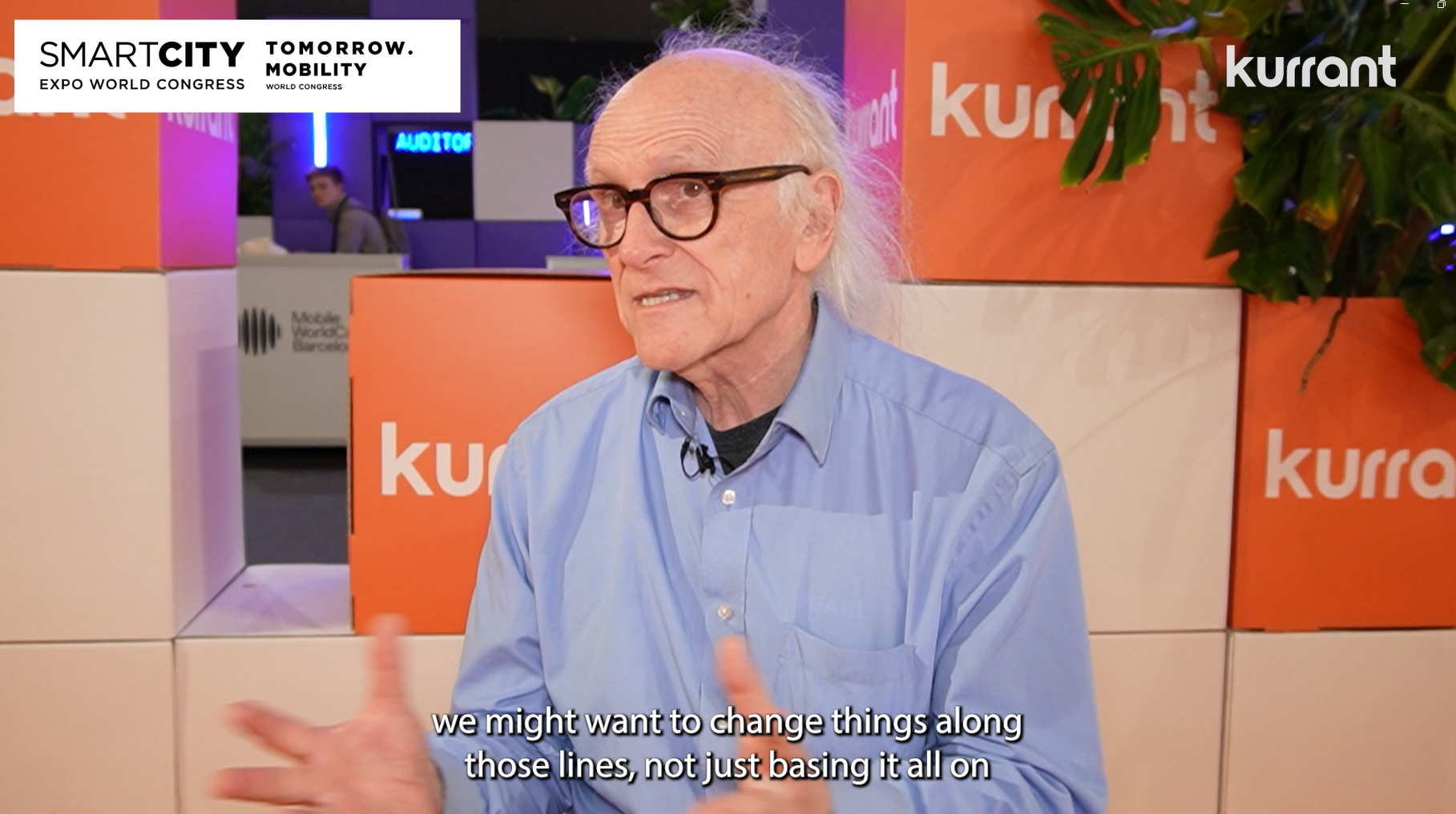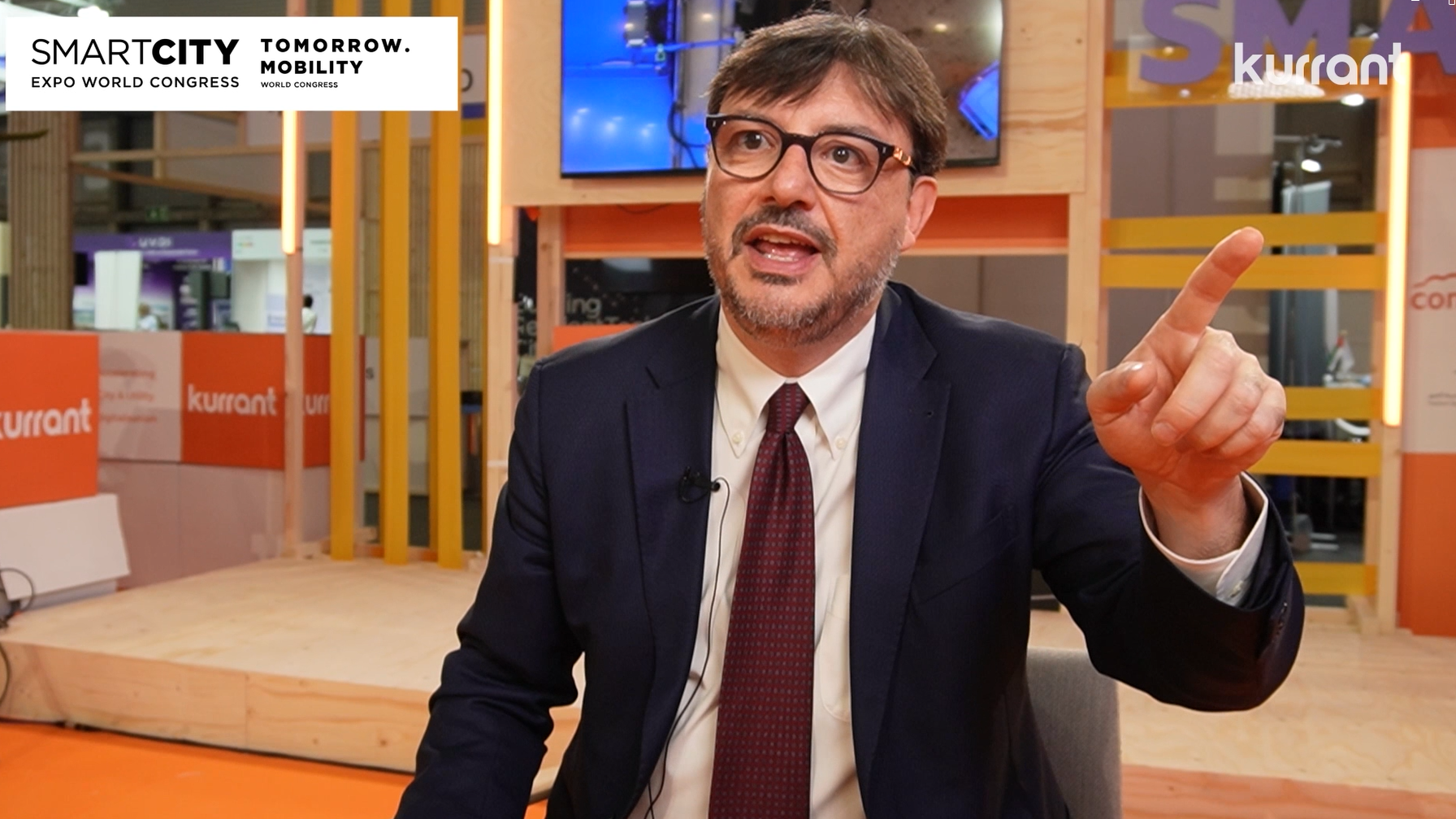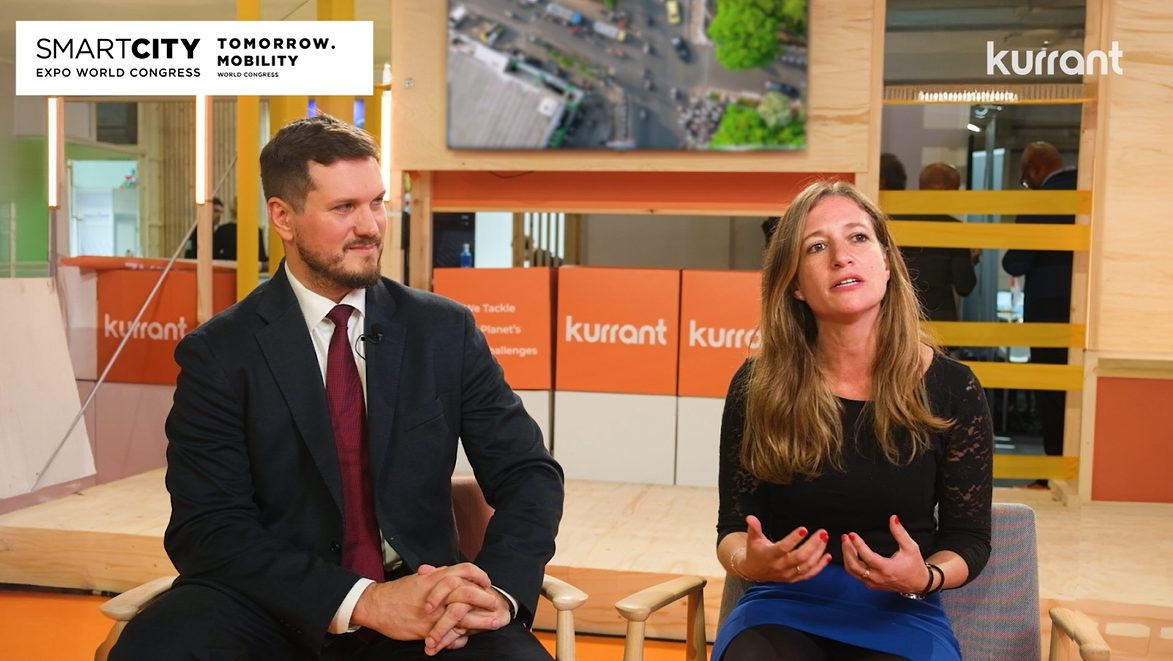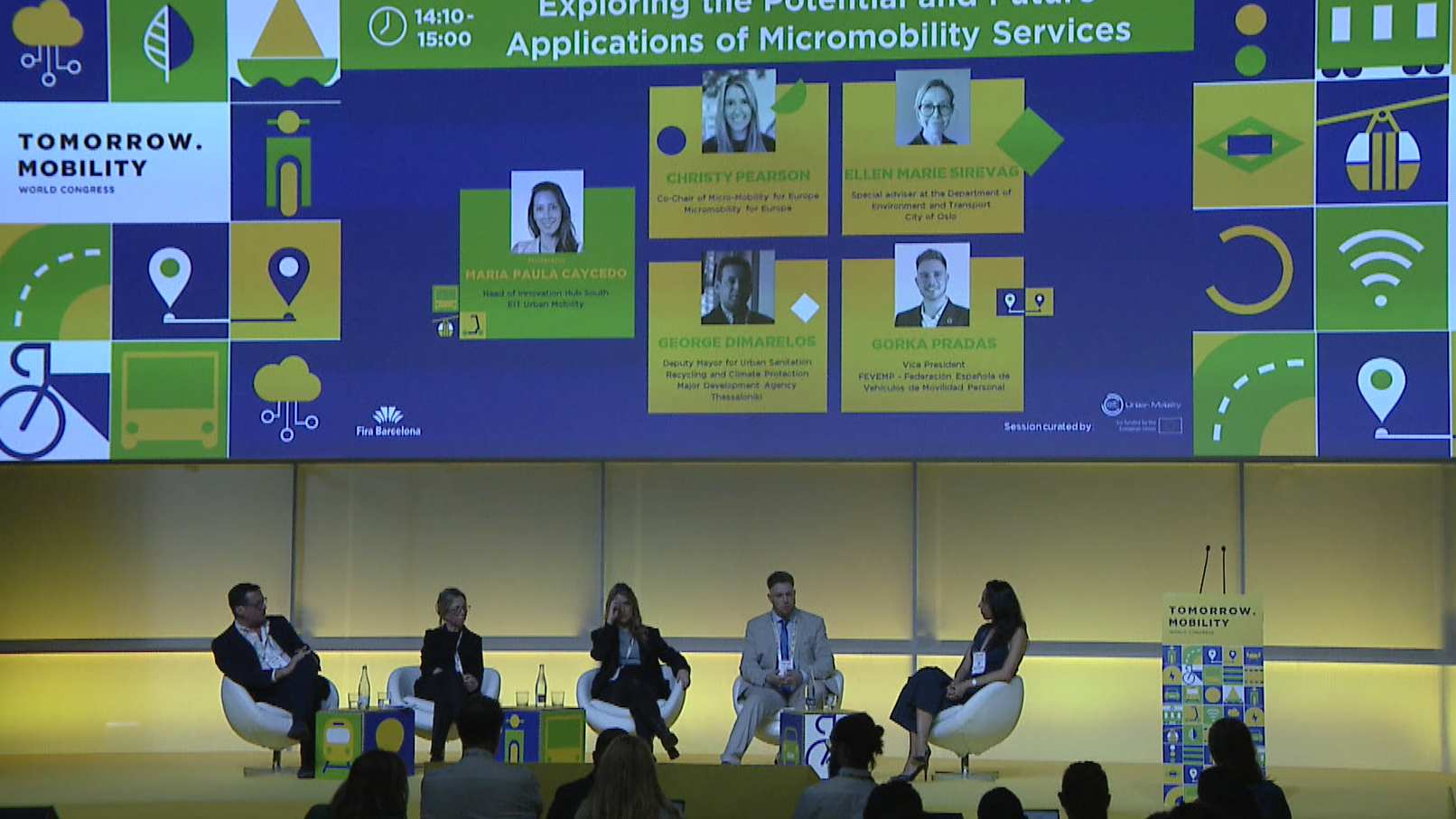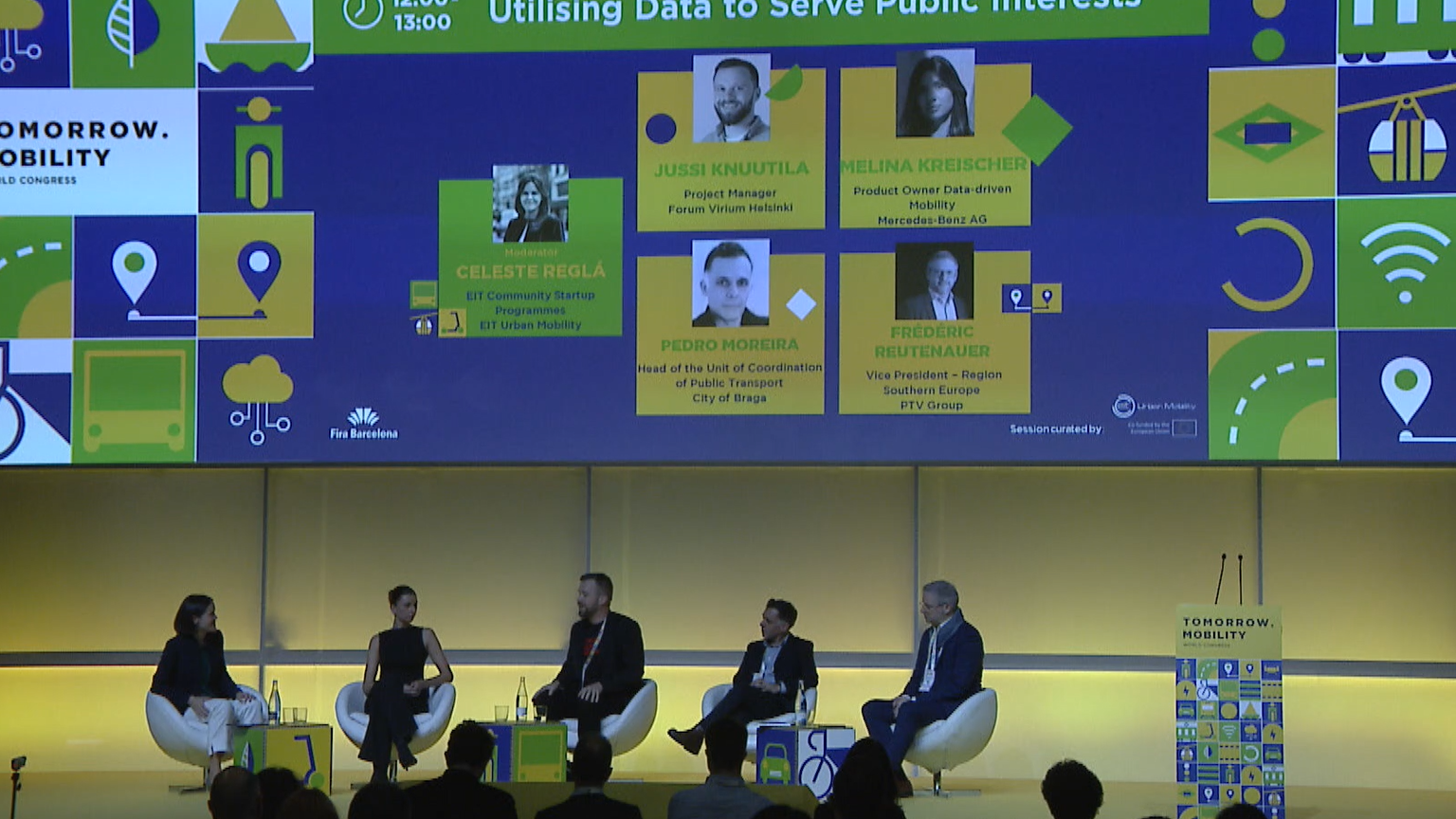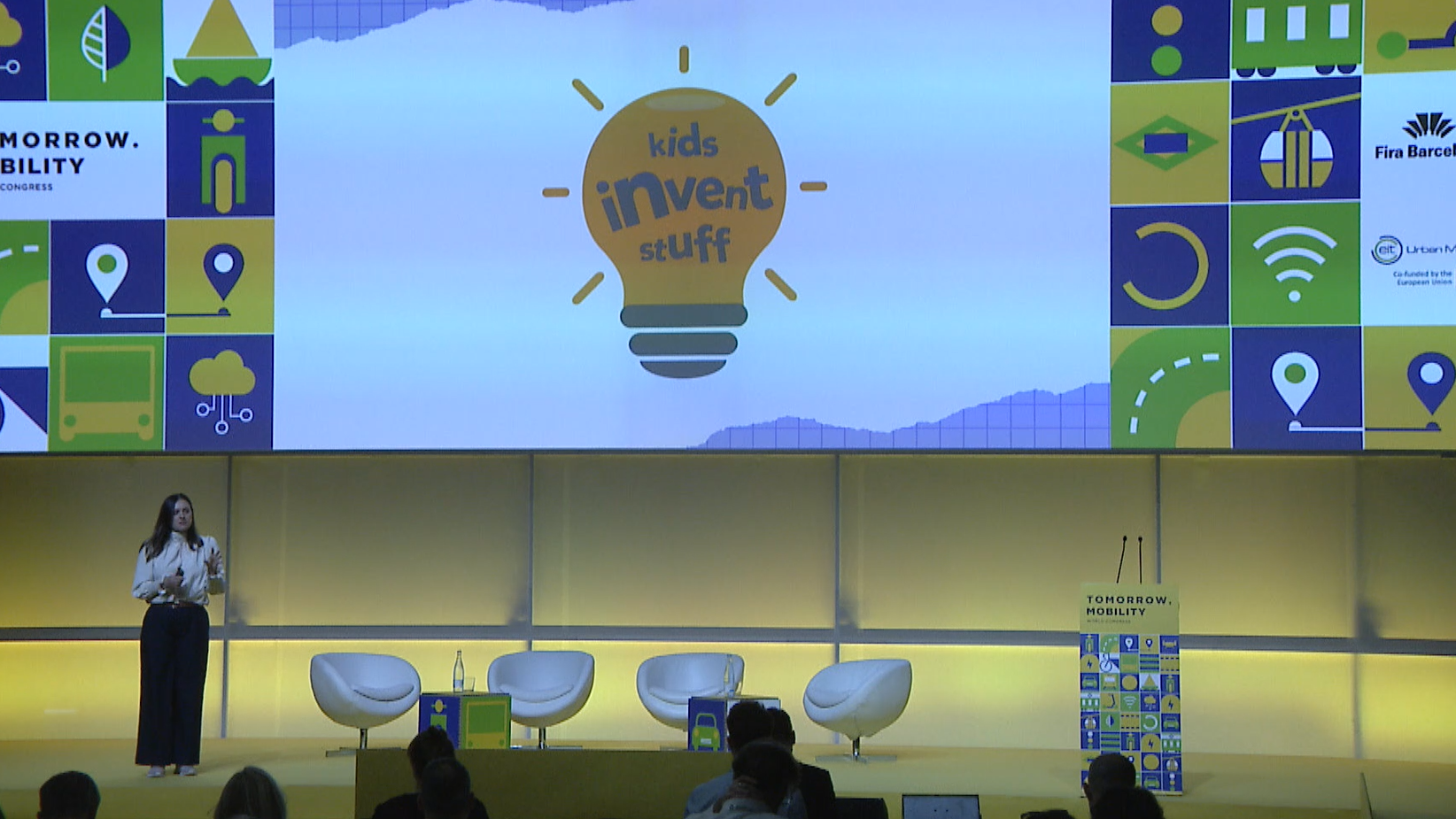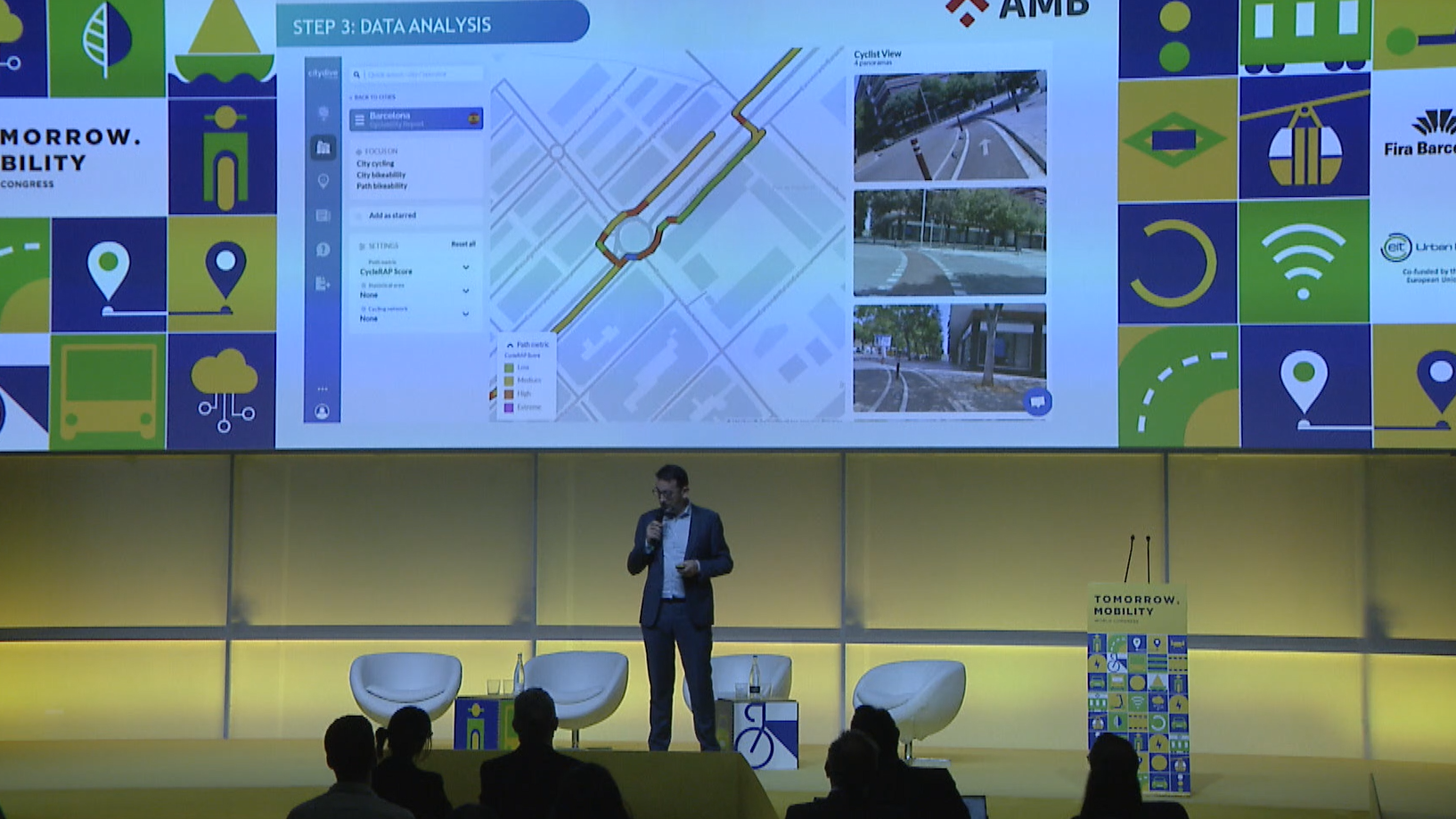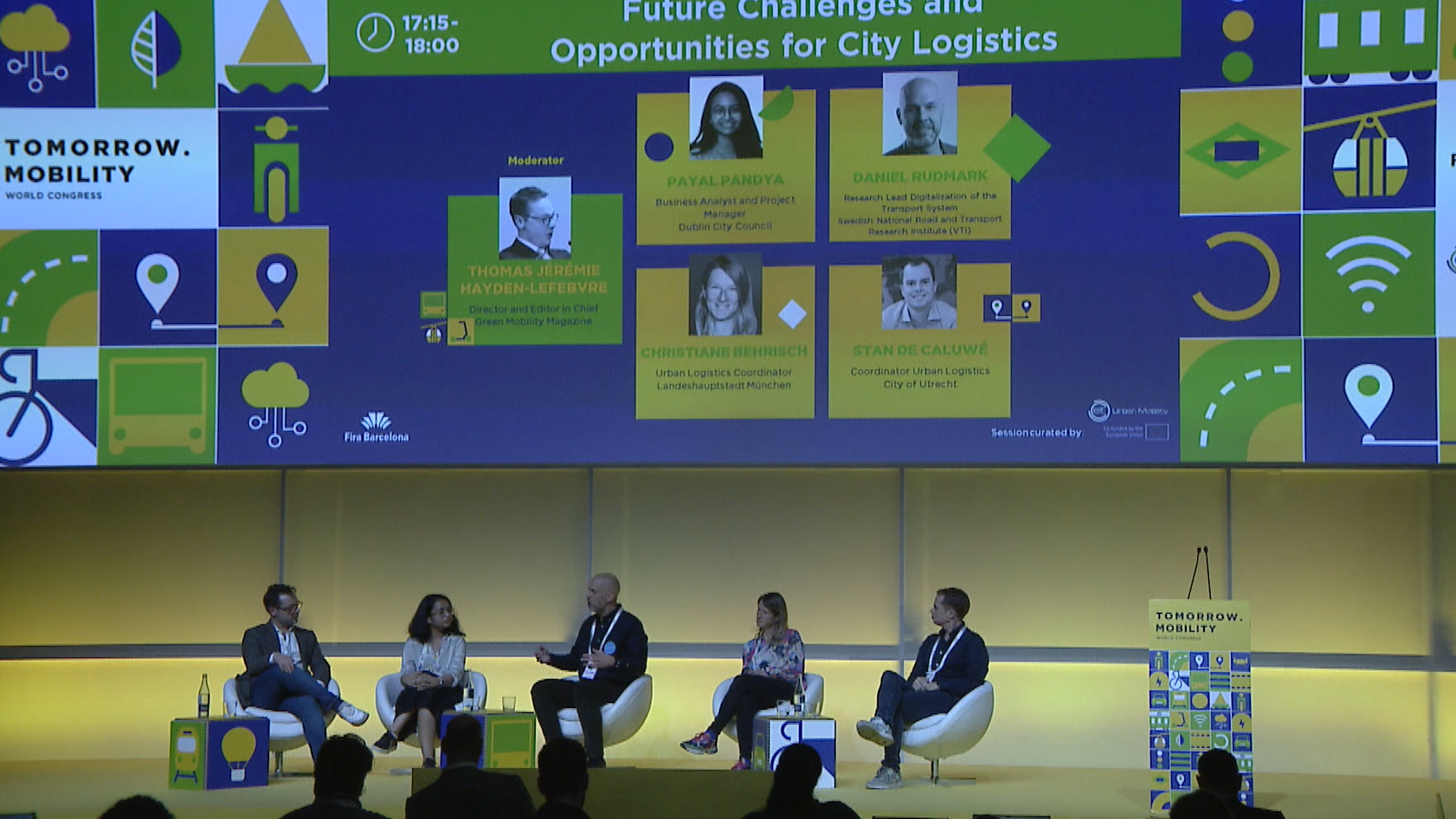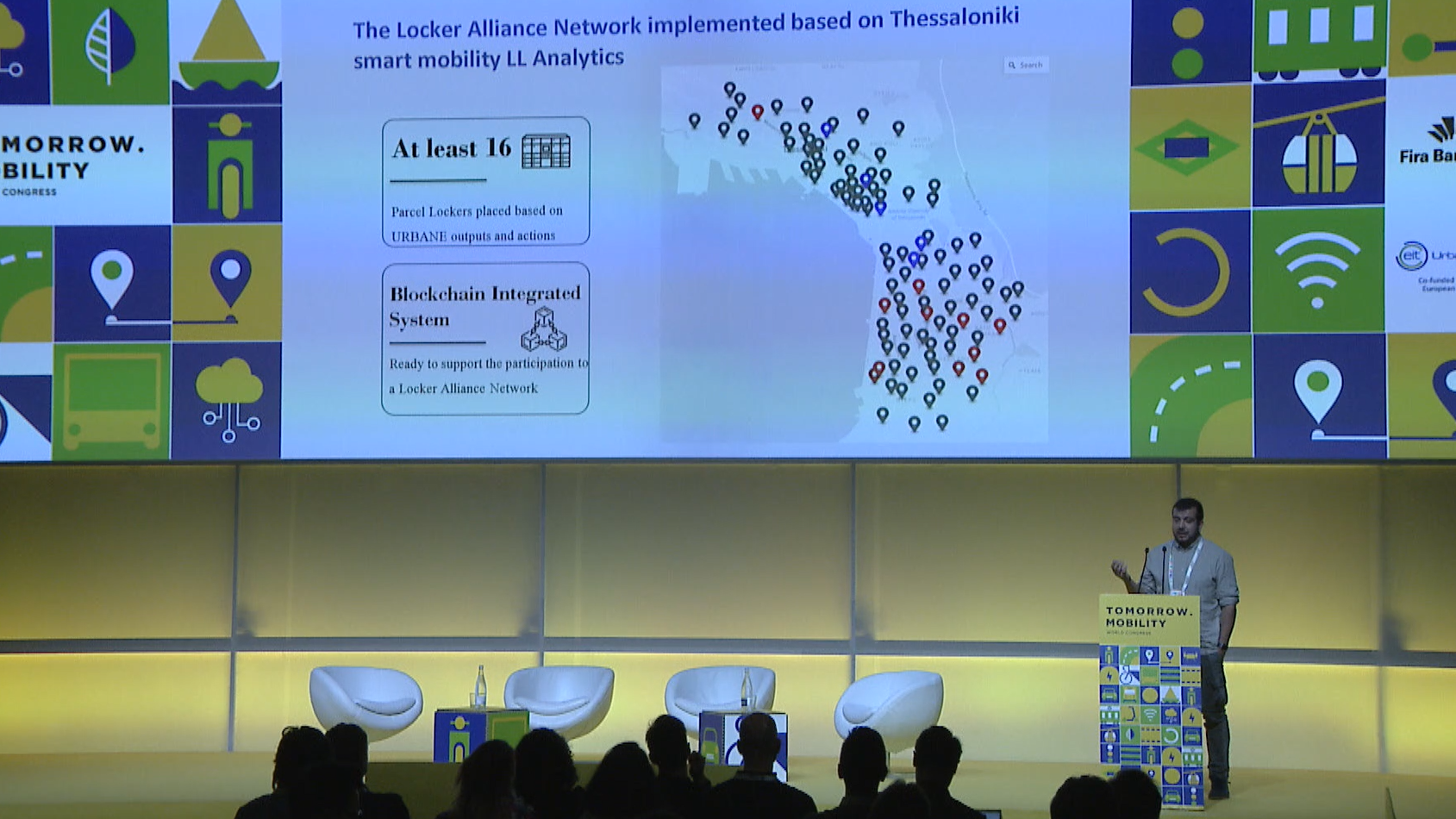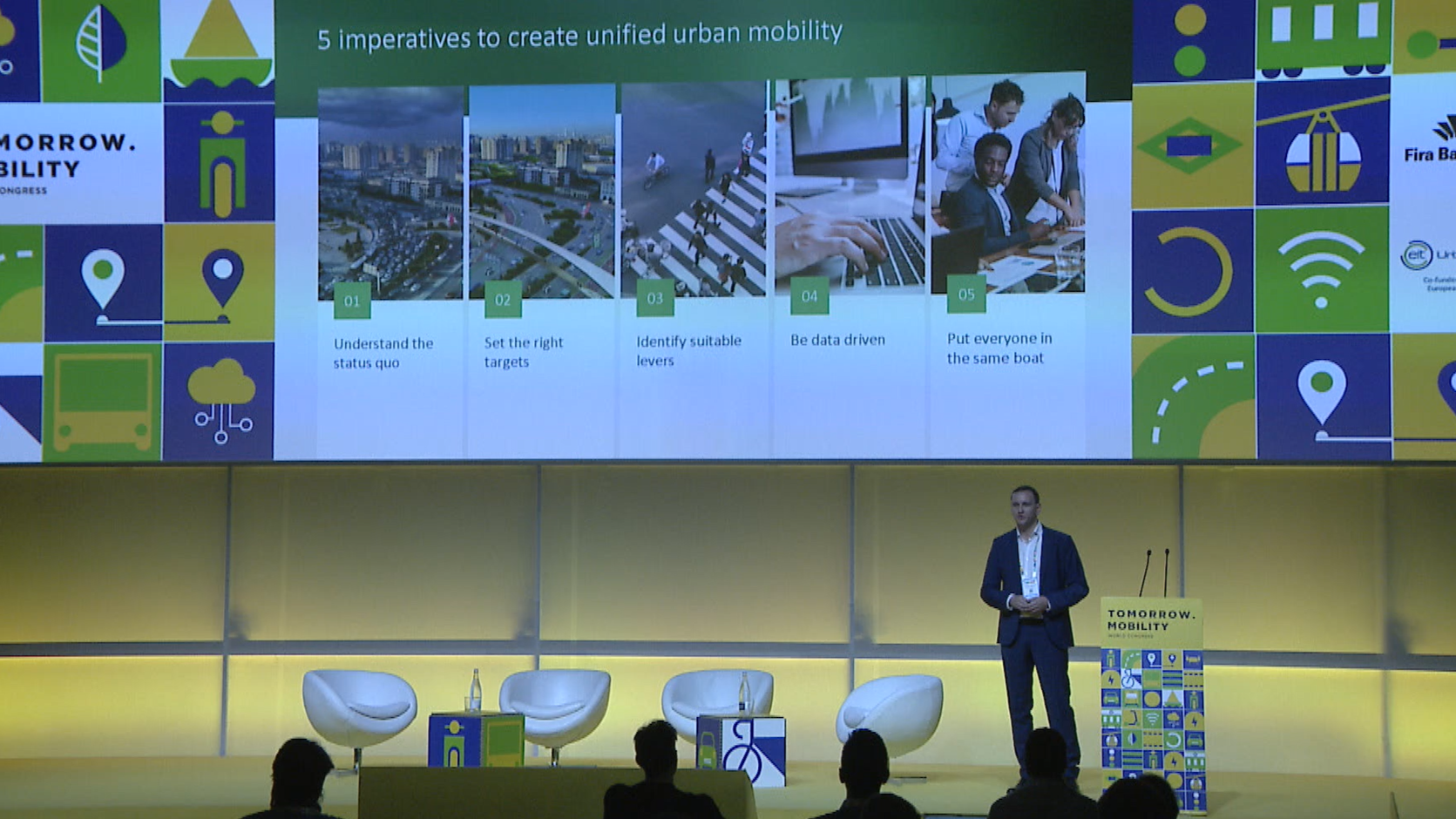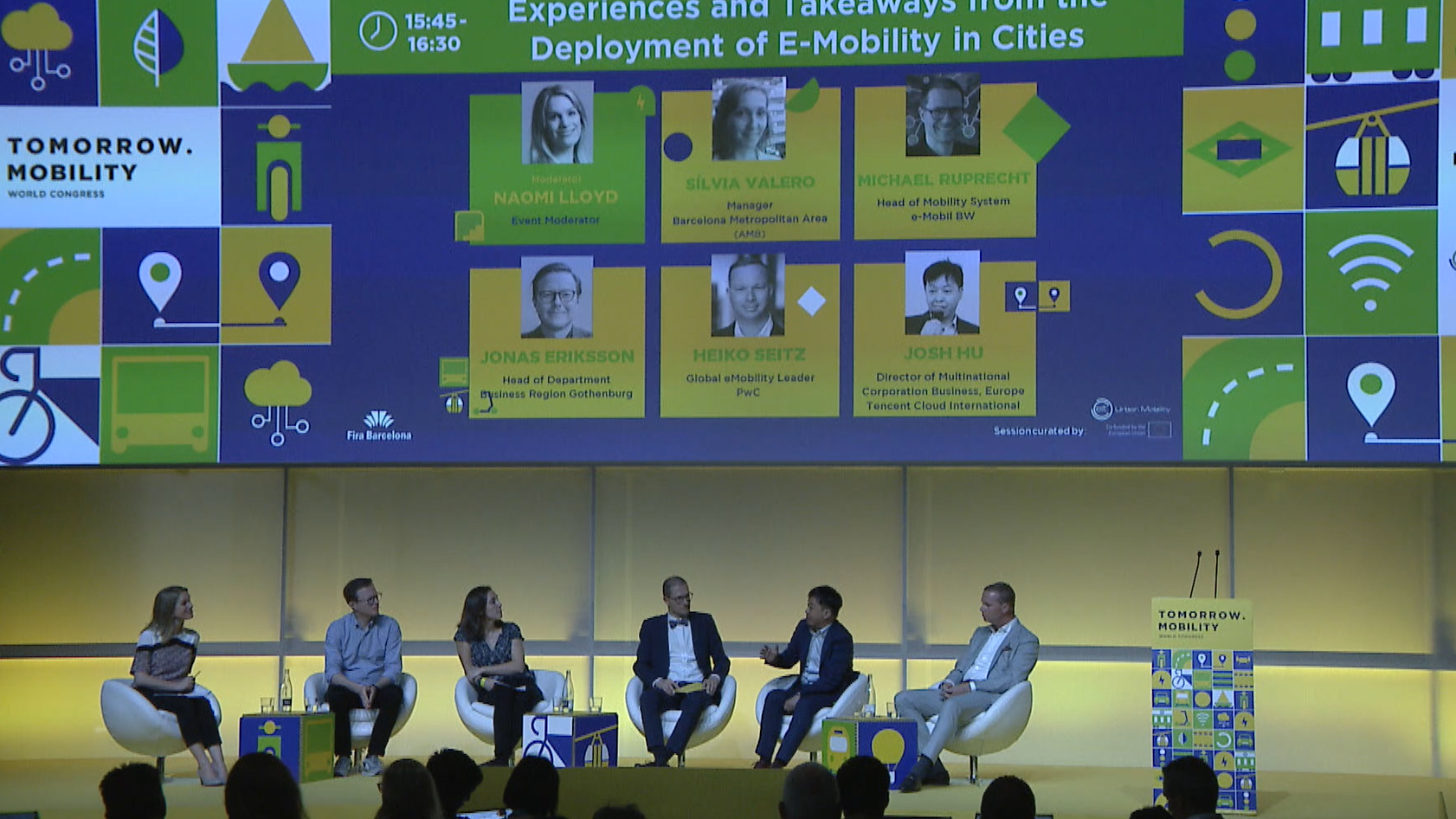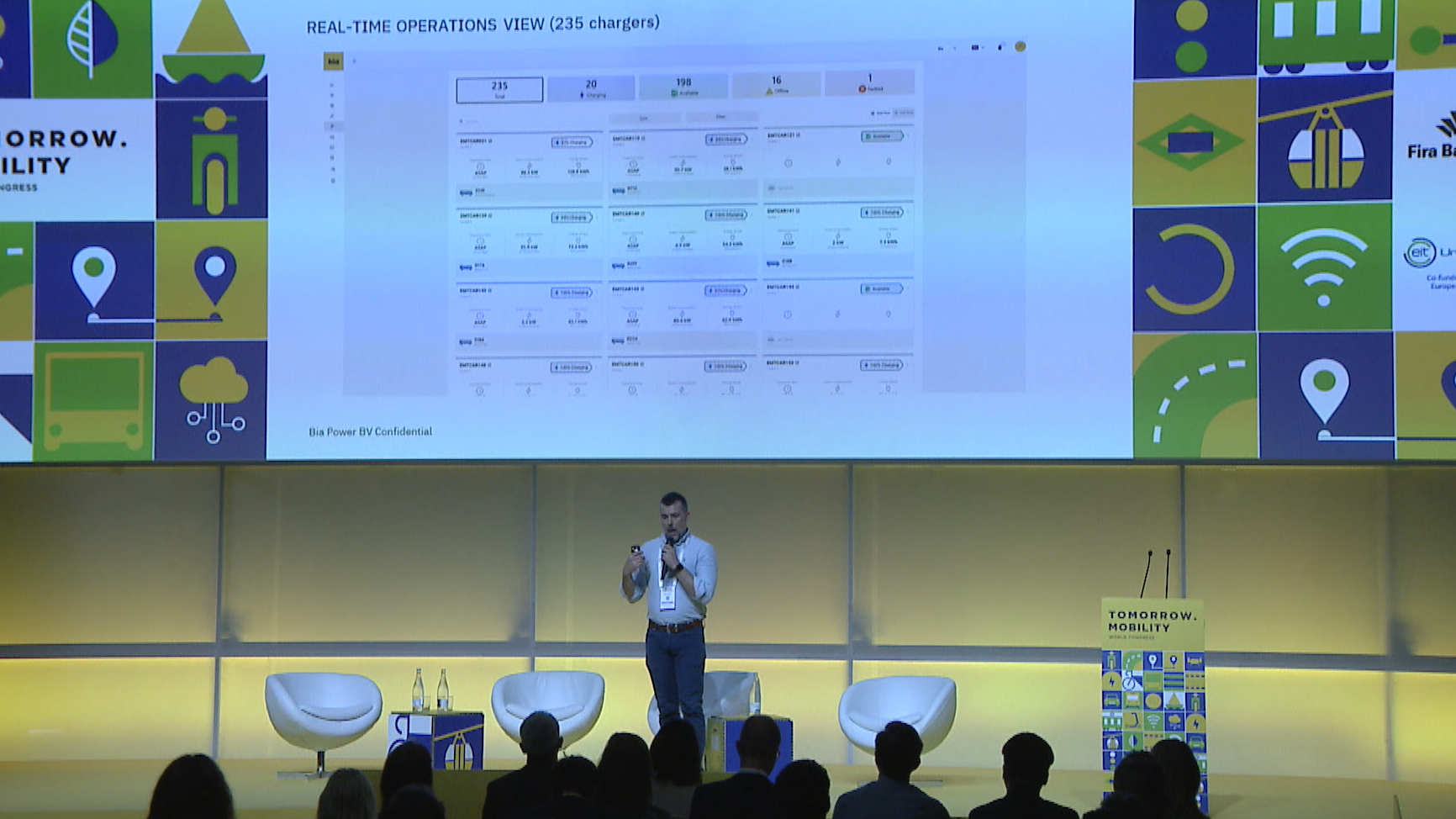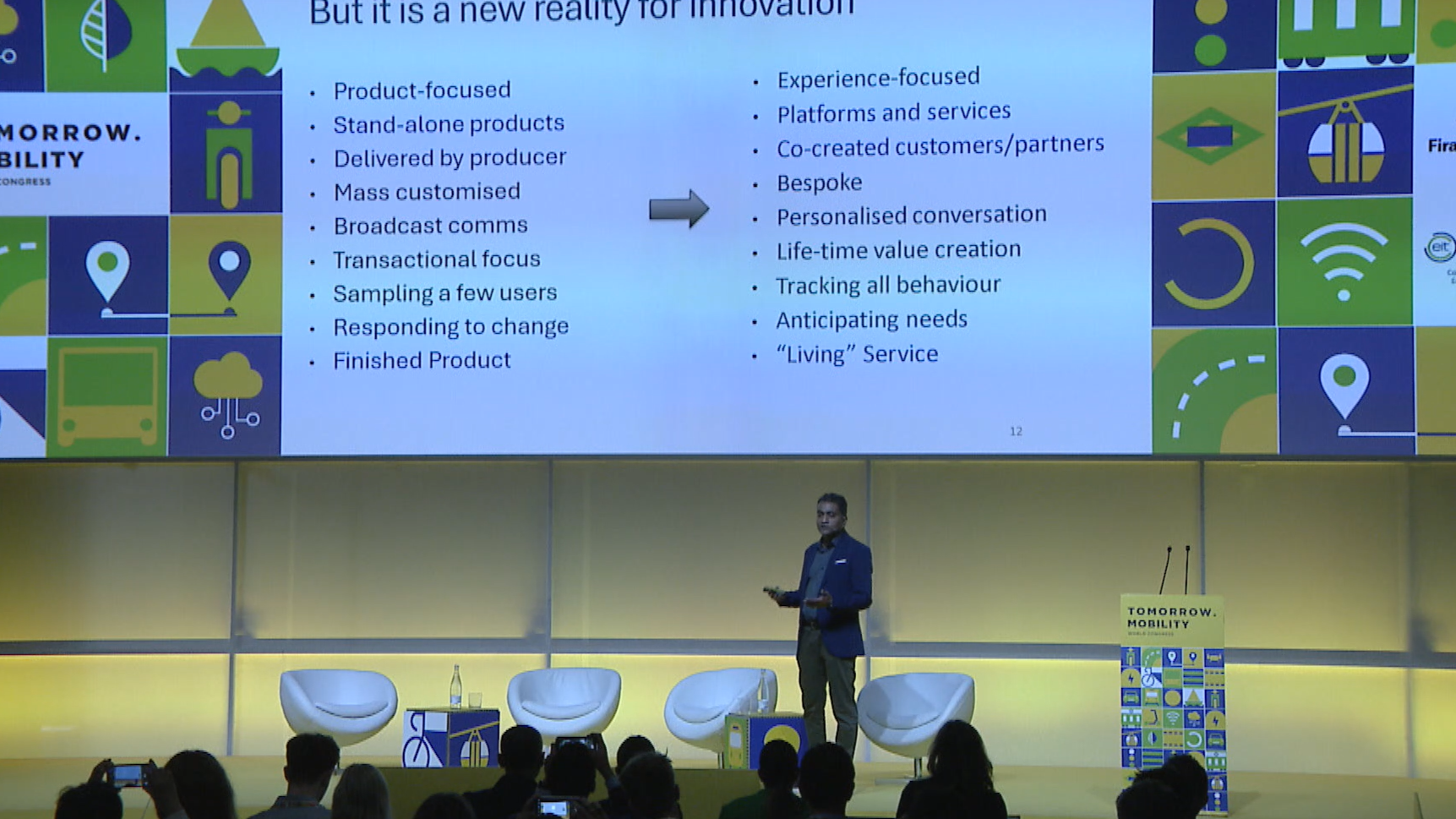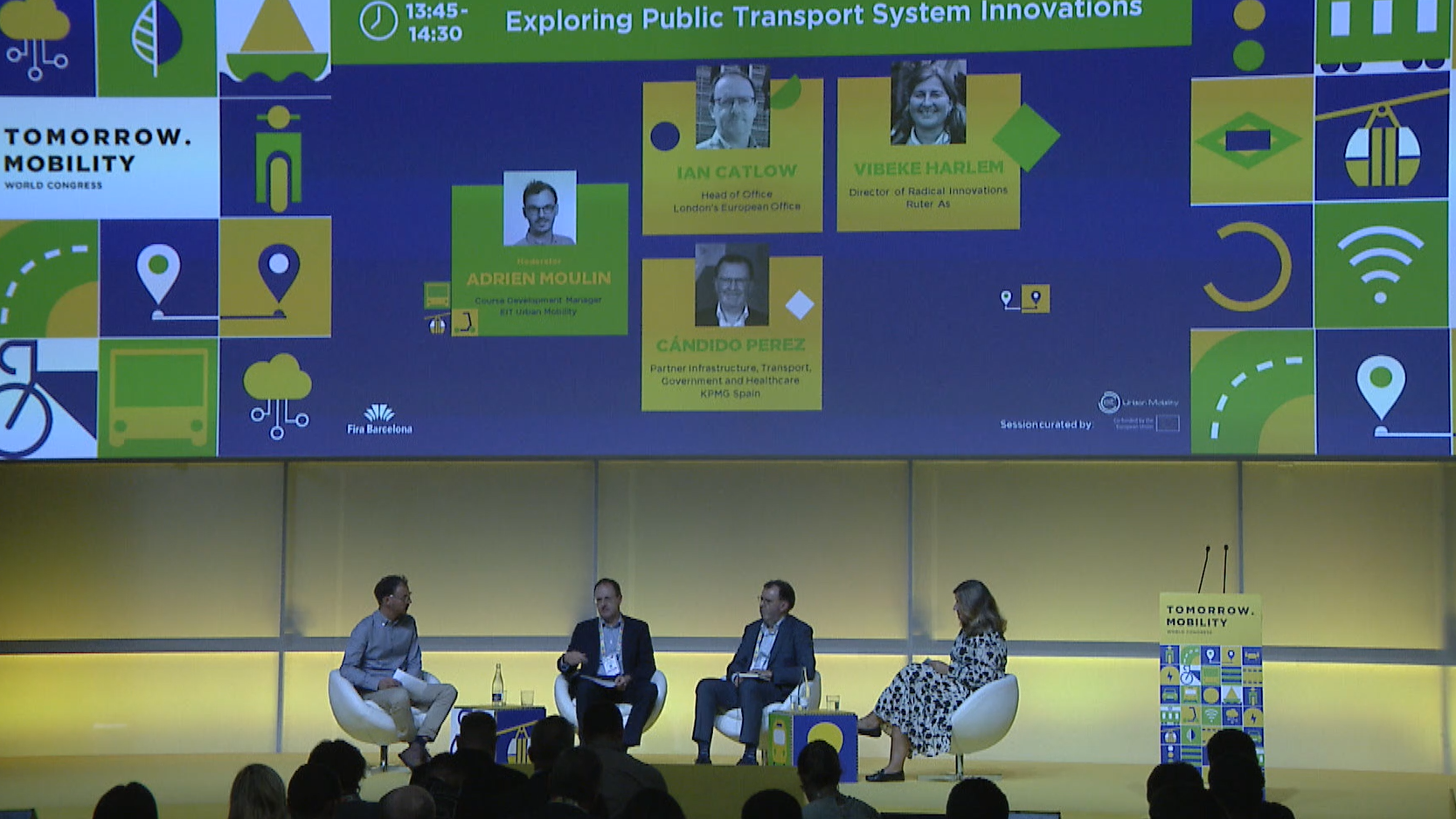Author | Lucía Burbano
Despite being one of the most sustainable forms of transport, trams produce a bothersome squeaking noise when their metal wheels come into contact with the rails. This issue is significant enough to warrant serious consideration in urban planning. Although trams are eco-friendly in terms of emissions, they can be quite noisy. However, many cities are now implementing innovative techniques to reduce the acoustic pollution caused by their trams.
Are trams noisy?

As an urban mode of transport, trams offer numerous benefits. Among these benefits, trams improve environmental quality compared to diesel-fueled buses, achieving NOx savings of over 92% per passenger-kilometer.
Trams travel on rails and operate using electric traction. The power is obtained either from an overhead contact line or a catenary system. Although trams generate less noise than road vehicles, they are not entirely silent.
A study conducted in Nantes measured the noise levels of trams in two locations, recording maximum sound levels of 70 to 80 dB at a speed of 40 km/h. Another study, this time in Slovenia, recorded noise levels of 75 dB at speeds of 25 km/h.
The World Health Organization recommends that noise levels generated by rail traffic, which includes trams, should not exceed 54 dB during the day and 44 dB at night. Therefore, the noise levels produced by trams exceed the acoustic pollution thresholds recommended by the WHO.
Trams: causes of the noise
The noise generated by trams is caused by the friction between the wheel and the rail, leading to high-frequency oscillation. This issue is particularly pronounced around bends, as the tram axles are rigid, causing the inside of the exterior wheel to slip on the curve.
This sliding is rapidly alternated with adherence, a phenomenon known as the stick-slip effect, which causes the wheel to oscillate. During this process, the sound produced by the wheel is perceived as an irritating whistle.
Systems for reducing tram friction

Today, there are numerous options available to reduce the acoustic pollution caused by trams. Some measures are applied during the construction of the infrastructure, while others can be implemented later. All of these measures are outlined in the paper ‘State of the art about solutions for tram noise reduction in the framework of the Life SNEAK project’.
Shock absorbers for the rolling noise.
The purpose of shock absorbers is to reduce rail vibrations when the tram is in motion, thereby decreasing the noise it generates. They effectively mitigate both the whistling noise and the rolling noise.
Numerous studies have measured a noise reduction of up to 3-5 dB after the installation of shock absorbers.
Lubrication
One of the most effective mitigation systems that can be installed after manufacturing is the lubrication of the wheel/rail interface using friction modifiers. This solution reduces noise by allowing the wheel to slide along the rail more freely, thereby limiting the stick-slip effect.
Phono-absorbent railroad platforms
Phono-absorbent materials are installed along the base of the road and on all the horizontal surfaces adjacent to the railway line. The results have shown reductions in noise levels of up to 3-4 dB compared with conventional sound reflective pavements.
Cities that have reduced the volume of their trams
Gothenburg
The Swedish city has equipped 28 trams (out of a total of 200) with stationary lubrication systems, as well as onboard microphones and data collection systems to monitor noise levels. The system sends an alarm to the route operator if the established acoustic limits are exceeded. Since the installation of lubrication systems, the number of alarms has decreased by 80%.
Florence
The Tuscan capital has undertaken numerous initiatives for its trams, including the introduction of noise barriers, low-noise paving surfaces, and the replacement of windows to protect noise-sensitive passengers.
Photographs | Unsplash/Tapio Haaja, Unsplash/tam wai, Marek Rucinski








